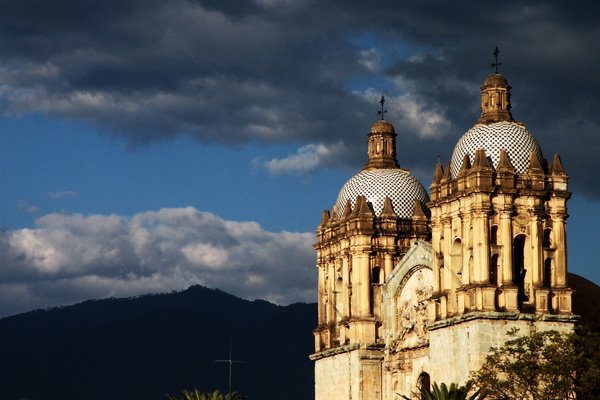
Death and how a culture thinks about it some to be at the very nub of what actually defines a “culture.” Consider the cultures you know something about. How do they deal with death?
Each significantly differently, I am sure, but how, I will never know. To really understand a culture, you must be a part of it and that is hard as an outsider.
I guess it is like my Latin piano technique, which would be better if I were born in say, Cuba. No matter how hard I work at it, well you know … I remain a gringo trying hard not to be a gringo.
Growing up in the States, we definitely have some unhealthy attitudes about death, mostly based on fear and avoidance. I think about the many deaths I have experienced, most are filled with sadness, sometimes with shock and despair.
I do not see that here. I am sure those feelings exist, but they are not as overwhelming as they are in the States. Mexico seems much different. There is an acceptance of Death here that feels right. I know that I am an outsider, an observer, but this culture thinks about Death in a much more effective and efficient way. It’s a part of everyday existence. La Muerte is always with us. Why not be friends? After all, we are all going. I like that Death has a dog, too.
 And for El Dia de los Muertos, Oaxaca invites everyone to have a shot of mezcal to celebrate his or her own death. Better now than never.
And for El Dia de los Muertos, Oaxaca invites everyone to have a shot of mezcal to celebrate his or her own death. Better now than never. As I celebrated, I could not help but think what I would like to be brought to my graveside after my death. What music? What food? What flowers? I saw graves that were planted as year-round gardens. I would like that.
As I celebrated, I could not help but think what I would like to be brought to my graveside after my death. What music? What food? What flowers? I saw graves that were planted as year-round gardens. I would like that. In truth, it’s cremation or Tibetan Sky Funeral for me. Or just cover me in honey and roll me in birdseed and put me in the backyard. I won’t care. I’ll be dead.
In truth, it’s cremation or Tibetan Sky Funeral for me. Or just cover me in honey and roll me in birdseed and put me in the backyard. I won’t care. I’ll be dead.And that’s the point. It is a universal. It’s a club that we will all join at some point so it is probably best not to fear it, but instead accept it.
Not only accept it, but also celebrate it, get into it. There is a joy to El Dia, to love and remember the dead in our lives in only the best of ways. No tears are allowed. They say that tears make the path upon which the spirits return slippery, so no one cries. It is all done with joy in the heart. Yes, there are quiet moments of reflection and remembrances, but they are somehow still joyful and nurturing for spirits and souls on both sides.




































